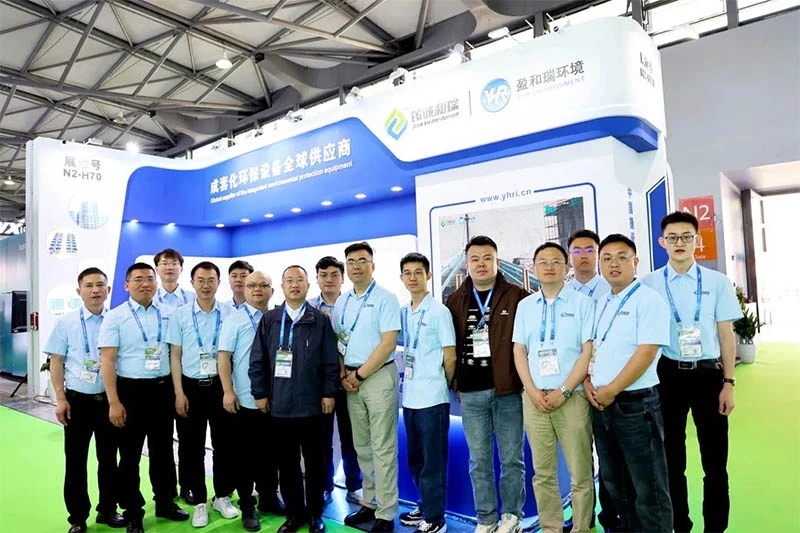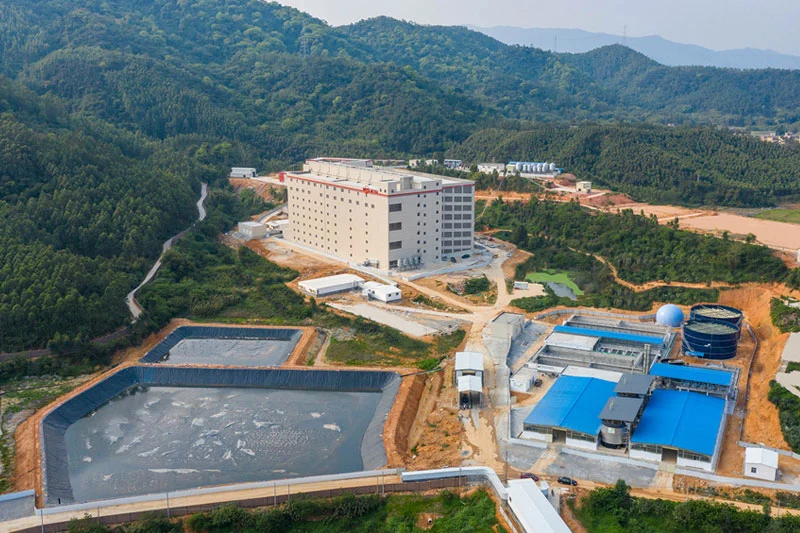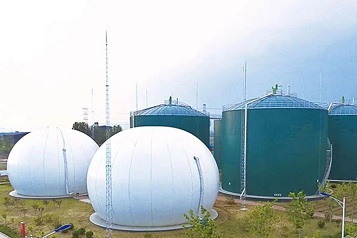Potato Starch Processing Plant: The Magnificent Transformation of Potatoes
2025-05-10
2025-05-10
Potato starch plays a crucial role in modern cooking, widely used in food processing, catering services, and other fields, enhancing the texture and taste of many dishes. All of this is made possible by the meticulous processing techniques of potato starch processing plants. Through a series of rigorous production processes, the ordinary potato is transformed into pure starch, becoming a key ingredient in culinary delights.
The first step in potato starch processing is the strict selection of raw materials. High-quality potatoes are the foundation of high-quality starch, and their cultivation process must be carefully managed. From soil selection, irrigation methods, to fertilization standards, every aspect needs to be strictly controlled to ensure the health and nutrition of potatoes during their growth. During harvest, only potatoes with smooth skins, moderate size, and free of pests and diseases are selected to enter the potato starch processing plant. These potatoes can be considered "potential stocks", rejuvenating through deep transformation in the potato starch processing plant and eventually becoming high-quality starch.
Washing and Peeling
Once in the potato starch processing plant, potatoes first go through the washing and peeling stage. In large washing tanks, potatoes are washed with high-pressure water jets to remove surface dirt and impurities. Then, the potatoes undergo mechanical or chemical peeling processes, precisely removing the outer skin, leaving each potato smooth and clean, ready for further processing. At this point, the potatoes enter the initial stage of transformation, paving the way for starch extraction.
Crushing and Pulping
After washing and peeling, the potatoes are sent to a crusher, undergoing efficient pulping to become smooth potato pulp. At this stage, the structure of potato cells is broken down, releasing starch granules. Through further refined pulping processes, starch is separated from other substances, and the potato pulp becomes rich in starch content. This process lays the foundation for subsequent sifting and filtering, ensuring maximum extraction of starch.
The composition of the crushed potato pulp is complex, containing starch, fibers, and other impurities, necessitating purification through sifting and filtering. In the potato powder processing plant, the pulp undergoes initial sifting using screens with various mesh sizes to remove larger impurities. Then, through precise filtering techniques, tiny impurities in the water are further removed, ensuring that only pure starch granules pass through the screens. This stage is crucial for ensuring the purity and quality of the final product and is one of the core steps in a potato powder processing plant.
The starch slurry, after sifting and filtering, enters the settling tanks in the potato powder processing plant. Utilizing gravity, starch granules gradually settle to the bottom while water and lighter impurities float to the top. After a period of settling, the starch is completely separated from water and impurities. By draining the top clear liquid and leaving behind the sediment, high-concentration starch slurry is obtained, further enhancing starch purity and preparing it for drying.
The moisture content of the precipitated wet starch is high, necessitating drying to achieve standard moisture levels. Potato starch processing plants typically use hot air drying or vacuum drying methods to evaporate the moisture from the wet starch, resulting in fine, white powder. The starch not only boasts good flowability but also emits a characteristic potato fragrance. The dried starch then undergoes precise weighing and packaging, eventually forming packaged potato starch bags. Once packaged, the final product enters the market, ready to be used in various kitchens as an important cooking ingredient.


